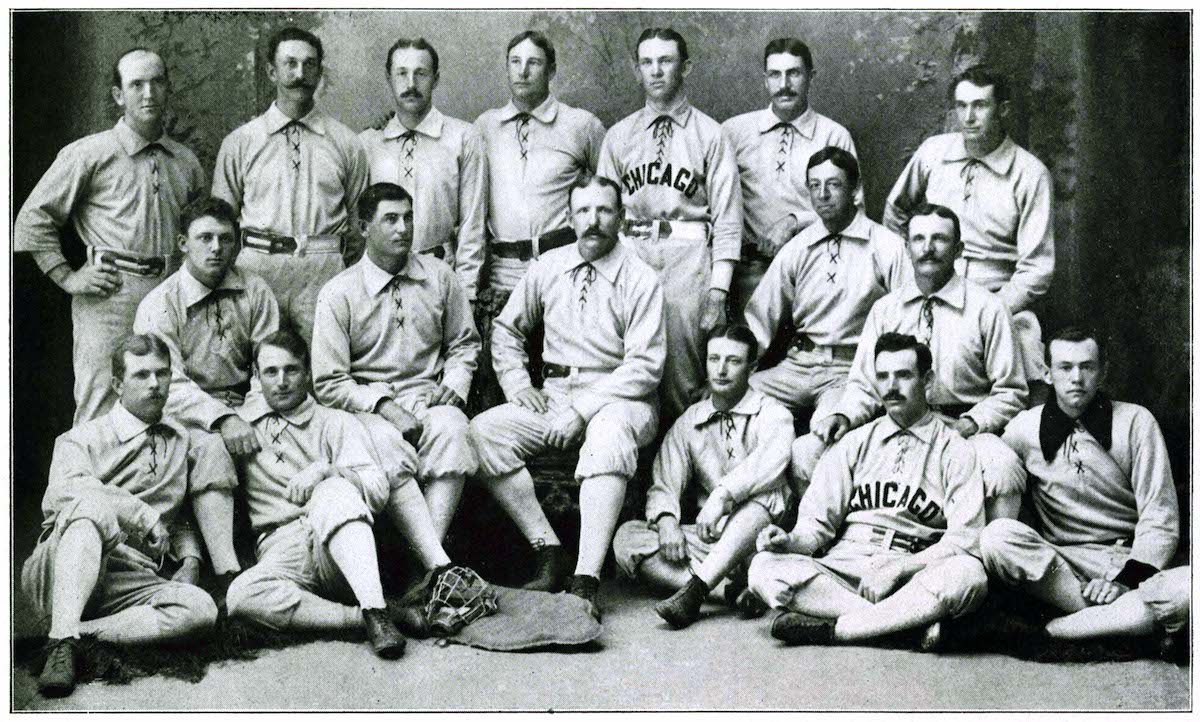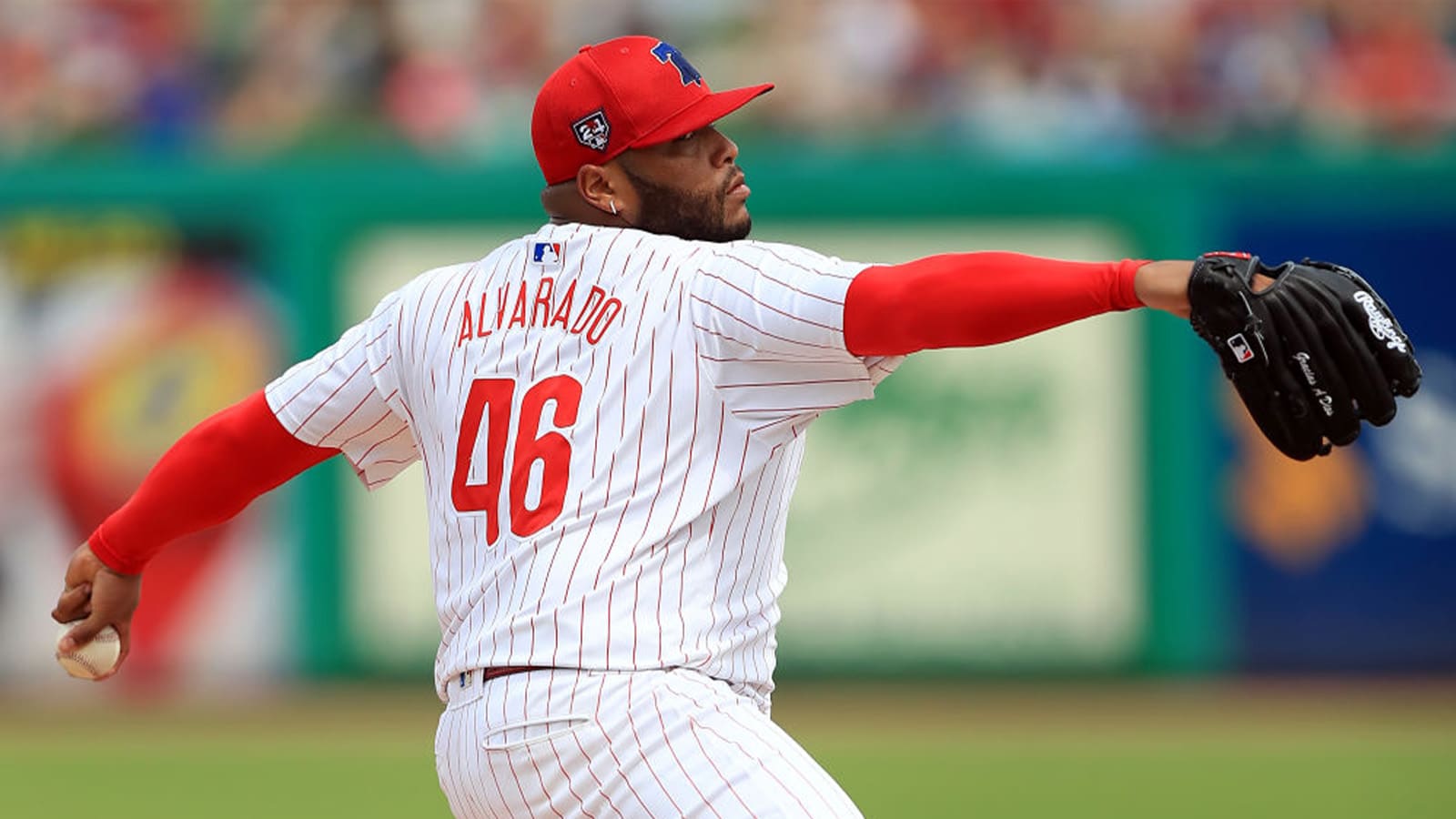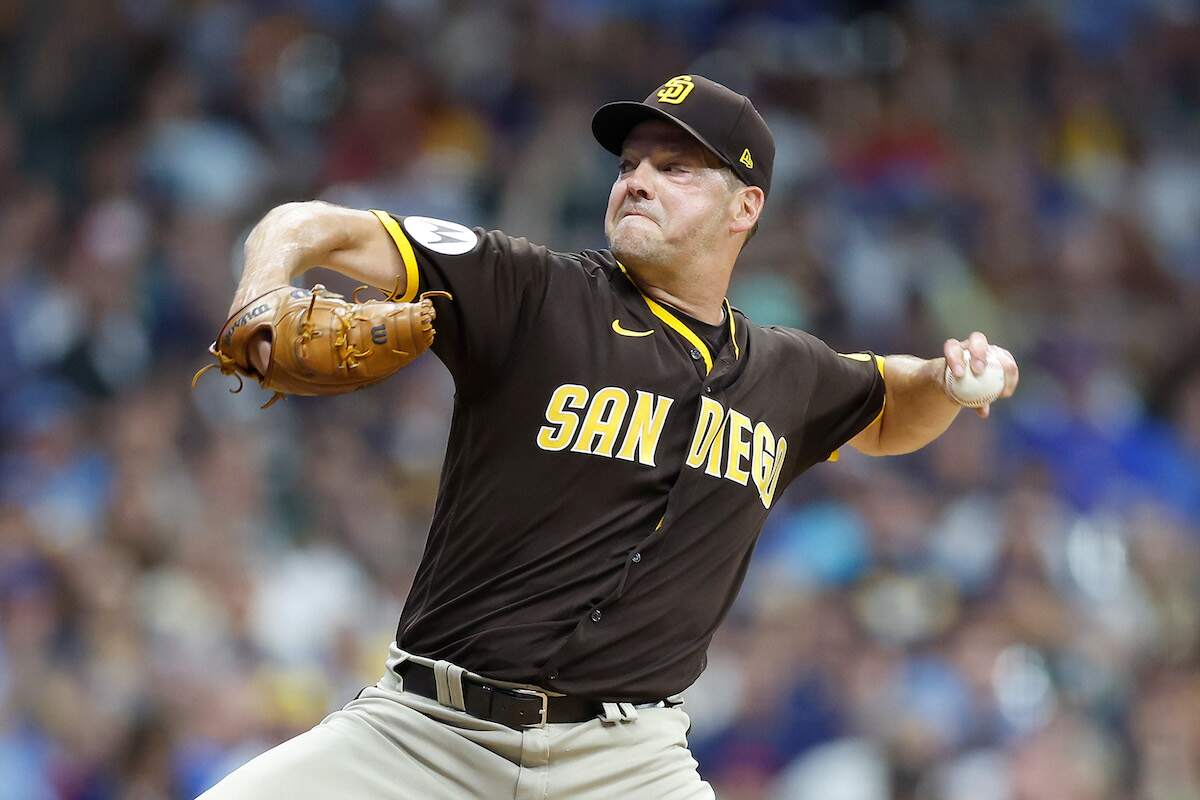
Chicago Cubs Name Origin: A Group of Young MLB Players Transformed the Team’s Legacy in 1902
The Chicago Cubs are one of the most storied franchises in Major League Baseball. The club owes a considerable part of its name origin to a remarkable group of young MLB players who helped transform the team’s legacy in 1902.
The story of the Chicago Cubs began over a century and a half ago with the fame and success of baseball’s first all-professional team. The Cincinnati Red Stockings at the time had an unparalleled 89-game winning streak. This success resulted in the formation of other professional clubs that wanted to defeat the team.
Before they were the Chicago Cubs
During the late 1860s, sportswriters often liked referring to teams by their uniform colors. The Chicago Base Ball Club, Chicago’s official club, began wearing white. Reporters immediately tagged them as the White Stockings, as Baseball Reference reports. The Chicago White Stockings had their first match against the Union Club of St. Louis on April 29, 1870, defeating them 7-1.
The club eventually created a 10-man roster and joined the National Association of Baseball Players. Six years later, the White Stockings joined the National League as a charter member and quickly rose to prominence, achieving success in the late 1870s and 1880s.
During this time, fans knew them for their dominance in the field, with star players, including Adrian Anson, Albert Spalding, and James White, achieving personal fame. Spalding assumed ownership after the club owner died, and Anson became player-manager. Under Anson’s leadership, the White Stockings won six National League pennants within 10 years.
In 1890, the club underwent a significant change when it adopted the name Chicago Colts. However, the team failed to achieve as much success as it did when they were called the White Stockings. After a disappointing game in 1897, the club let Anson go, terminating his contract as player and manager. Anson’s departure led to reporters referring to the Colts as the Orphans.
Chicago Cubs name origin
In 1902, Spalding sold the Chicago Orphans to Jim Hart, and later that year, the Chicago Daily News nicknamed the team the Cubs. According to the MLB, it is unclear who exactly named the team the Cubs. Credit can be passed to editor James Gilruth, assistant sports editor Charles Sensabaugh, Fred Hayner, and Daily News sportswriter George Rice.
The publication quoted a 1972 interview with Gilruth, who claimed that the Orphans was “too hard for the headline writers to use,” and they wanted a shorter name. “We tried one name and another. Then one of us, I don’t recall who came up with the nickname Cubs and Cubs it was,” he said.
The nickname gained popularity over the next four years before the club officially took the name. During this time, the club had various key players, including Frank Chance, Joe Tinker, and Johnny Evers.
Chance became player-manager from 1905 to 1912. Under his leadership, the club won four pennants and two World Series titles in 1907, a year after officially becoming the Cubs, and 1908. This back-to-back victory made the Cubs the first Major League club to win twice. However, after this win, the Cubs experienced a championship drought, not winning another World Series until 2016, making it the longest drought in North American professional sports.
What is Wrigley Field named after?
In 1916, advertising execs Charles Phelps Taft and Albert Lasker bought a major stake in the club and became owners of the Cubs. That same year, restaurant entrepreneur Charlie Weeghman bought Taft out. Weeghman previously owned the Chicago Whales. He and Lasker moved the Cubs to Weeghman Park, the Whales’s old home, which opened in 1914.
By 1919, Wheegman’s business was doing poorly. He had to sell his remaining stake in the Cubs to chewing gum industrialist and magnate William Wrigley Jr. In 1921, Wrigley bought the remaining stake from Lasker, effectively becoming the Cubs’ new owner. In 1925, he changed the team’s home ballpark’s name to Wrigley Field to ramp up exposure for his brand.

